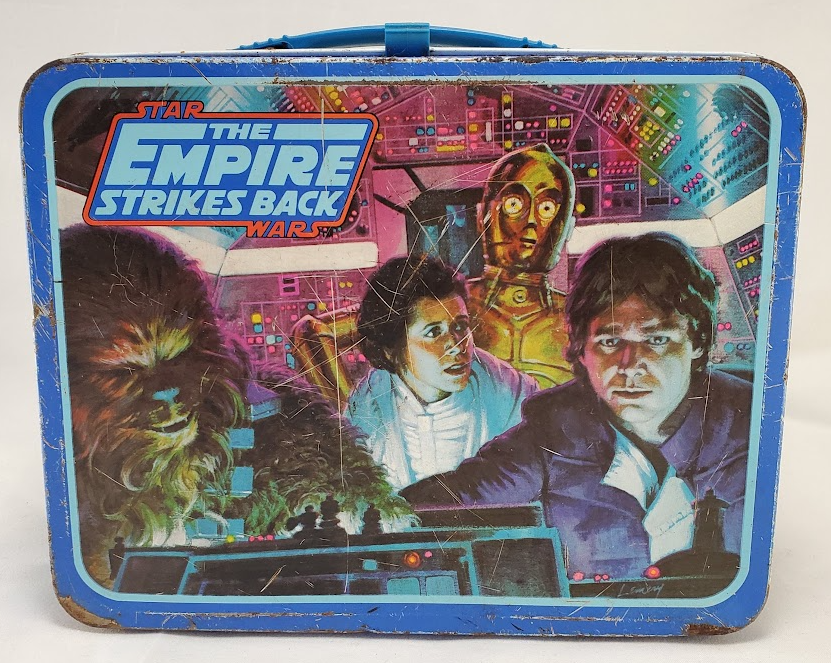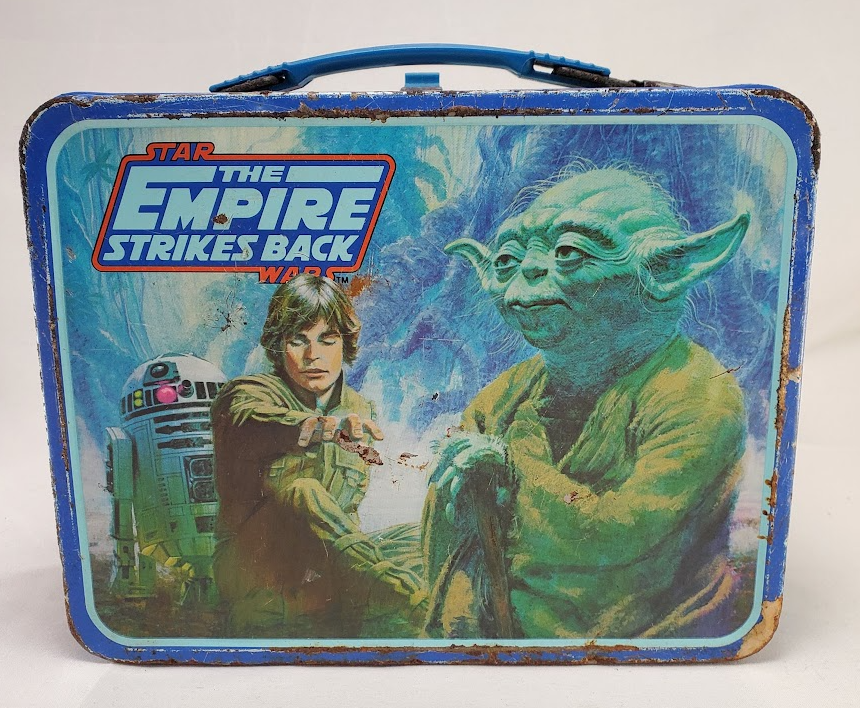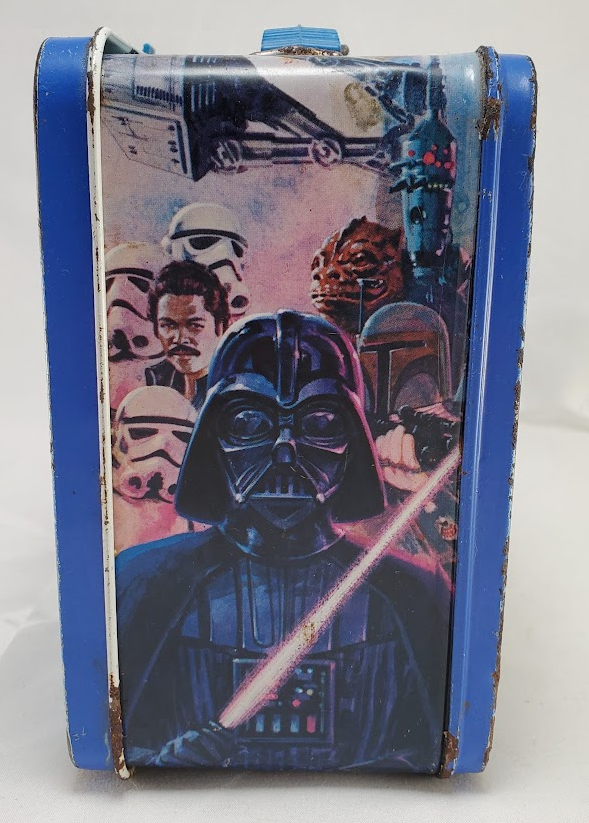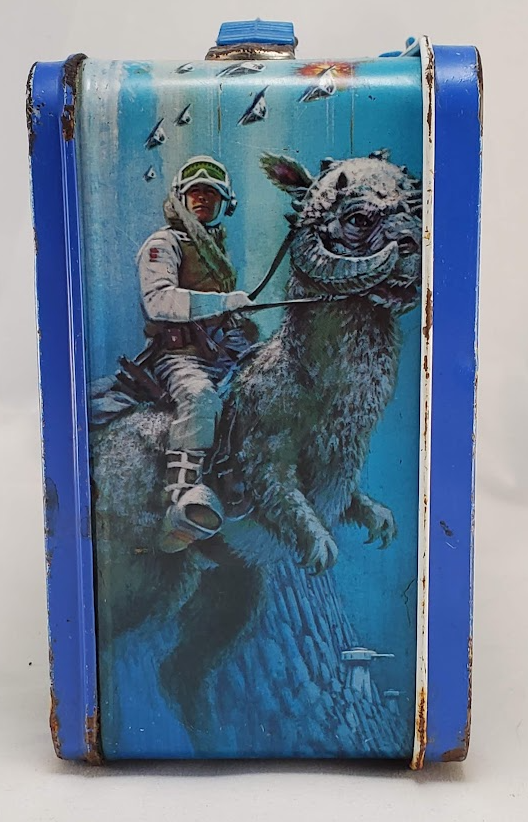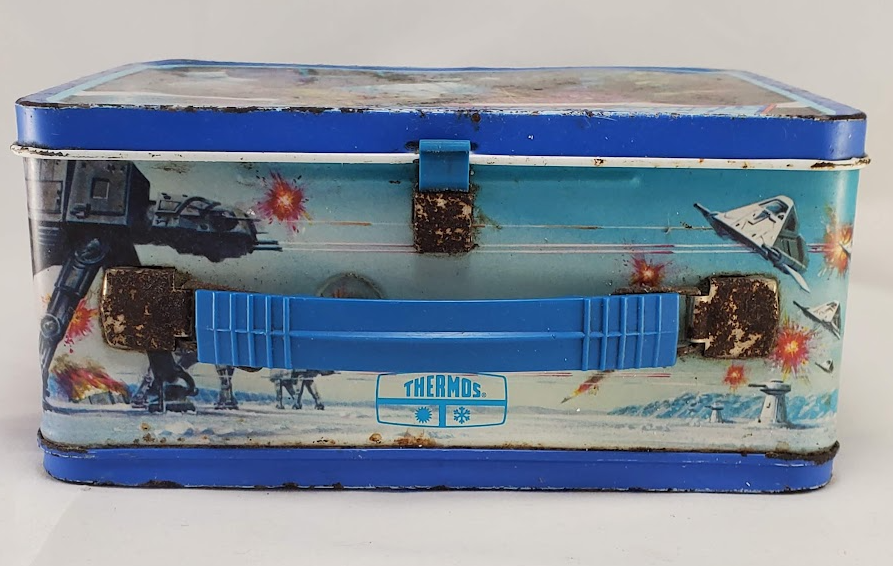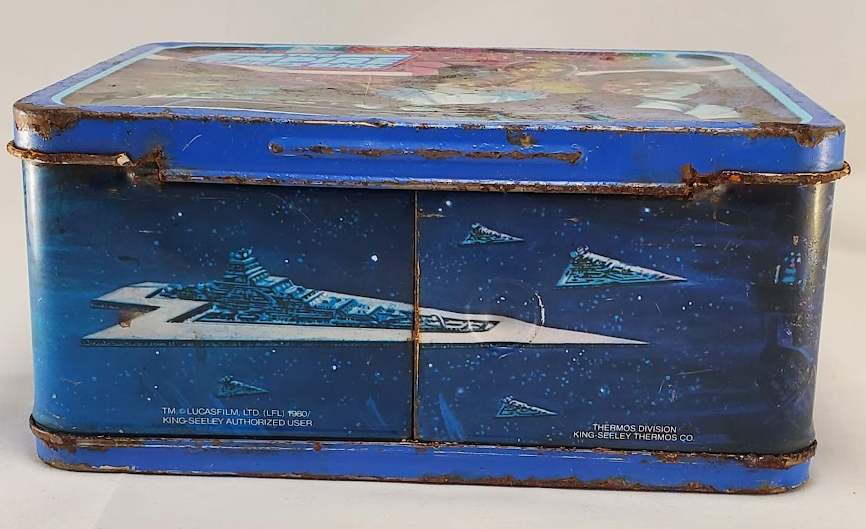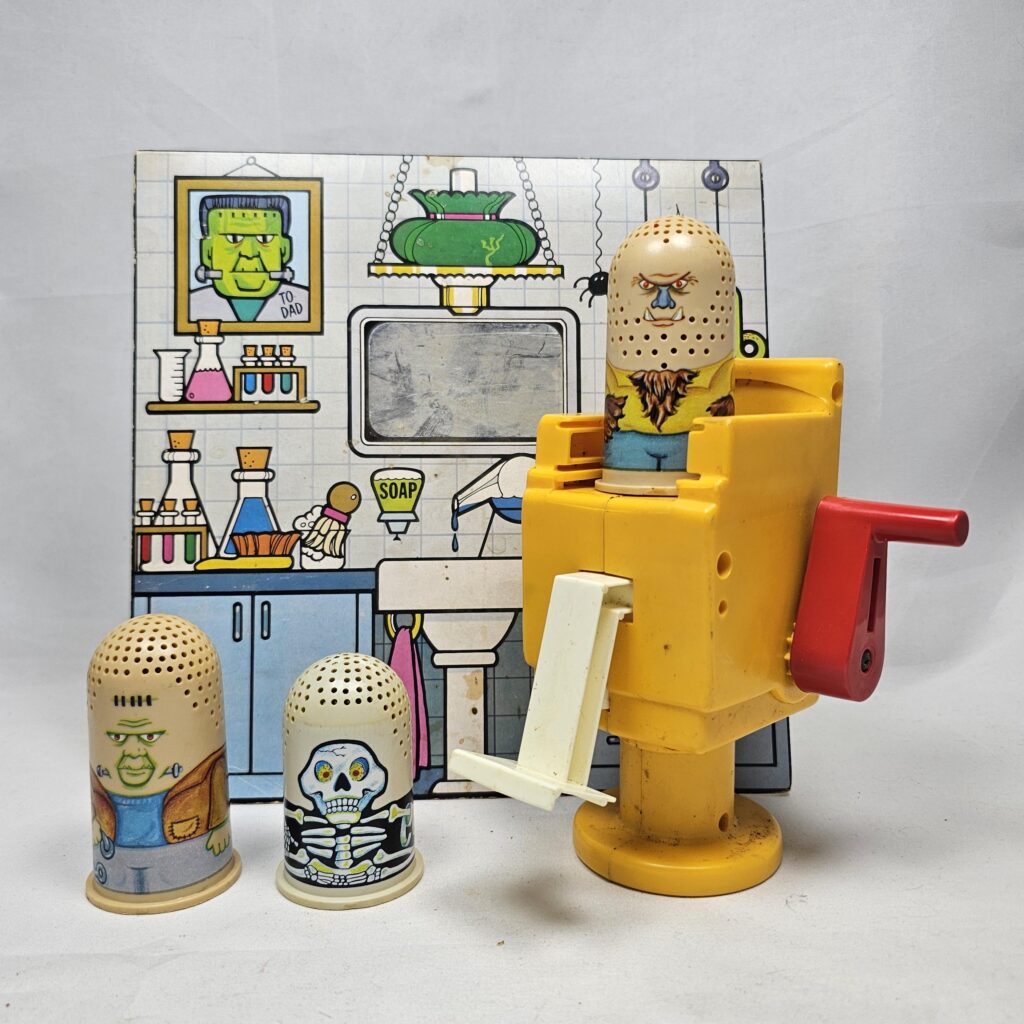For most school-age kids here in America, summer vacation is about to begin.
So now the question is: What do you do with this school year’s old lunchbox?
The obvious answer is probably storage for the things kids collect – Pokemon cards, action figures, cool-looking rocks they find in the backyard, birthday money, and other magical everyday items that adults overlook.
Even though I was finished with first grade, my Empire Strikes Back lunchbox continued to be pressed into service as a food transportation device. If I was going to Grandma’s for the day, or if Mom had errands to run, I’d pack a PB&J, a Ziploc bag of Lay’s potato chips, another baggie with Oreos or Chips Ahoy, then fill up the thermos with chocolate milk. Sometimes, when Mom would take food to my Dad out working in the field, I’d pack a lunch and eat with him just for the novelty factor of it all. I can still remember that slightly plastic taste coming from the built-in straw of the thermos. I can also remember that, after a while, the seal on the thermos didn’t work very well, so I’d wind up with little puddles of milk or grape juice settled into the cracks and crevices on the inside of the box, which probably contributed to all the rust you see here.

There’s a common story that kids using metal lunchboxes as weapons became a contributing factor in their replacement with plastic boxes, but I sometimes wonder if that was just Big Lunchbox looking for an excuse to cut costs.
Aside from metal being a more expensive raw material than plastic, for Thermos to put out a metal lunchbox required the development of original artwork, printed on all six sides of the box. For a plastic lunchbox, it was typically a promotional photo, probably supplied to them by the owners of the property, that was printed out on a giant sticker and slapped on the front of a cookie-cutter box whose only defining feature was the color of the plastic.
These could be cranked out at a lot faster rate and at a lower overheard price than a traditional, more impressive metal lunchbox.
Of course the plastic lunchboxes had their advantages, too. The only thing that rusted were the hinges, they were a bit more durable than a metal box, which could easily get scratched up and dinged and dented over the course of a school year, but is all of that worth the loss of the charm and craftmanship of a great metal lunchbox?
Nay, fair reader, I say nay!


